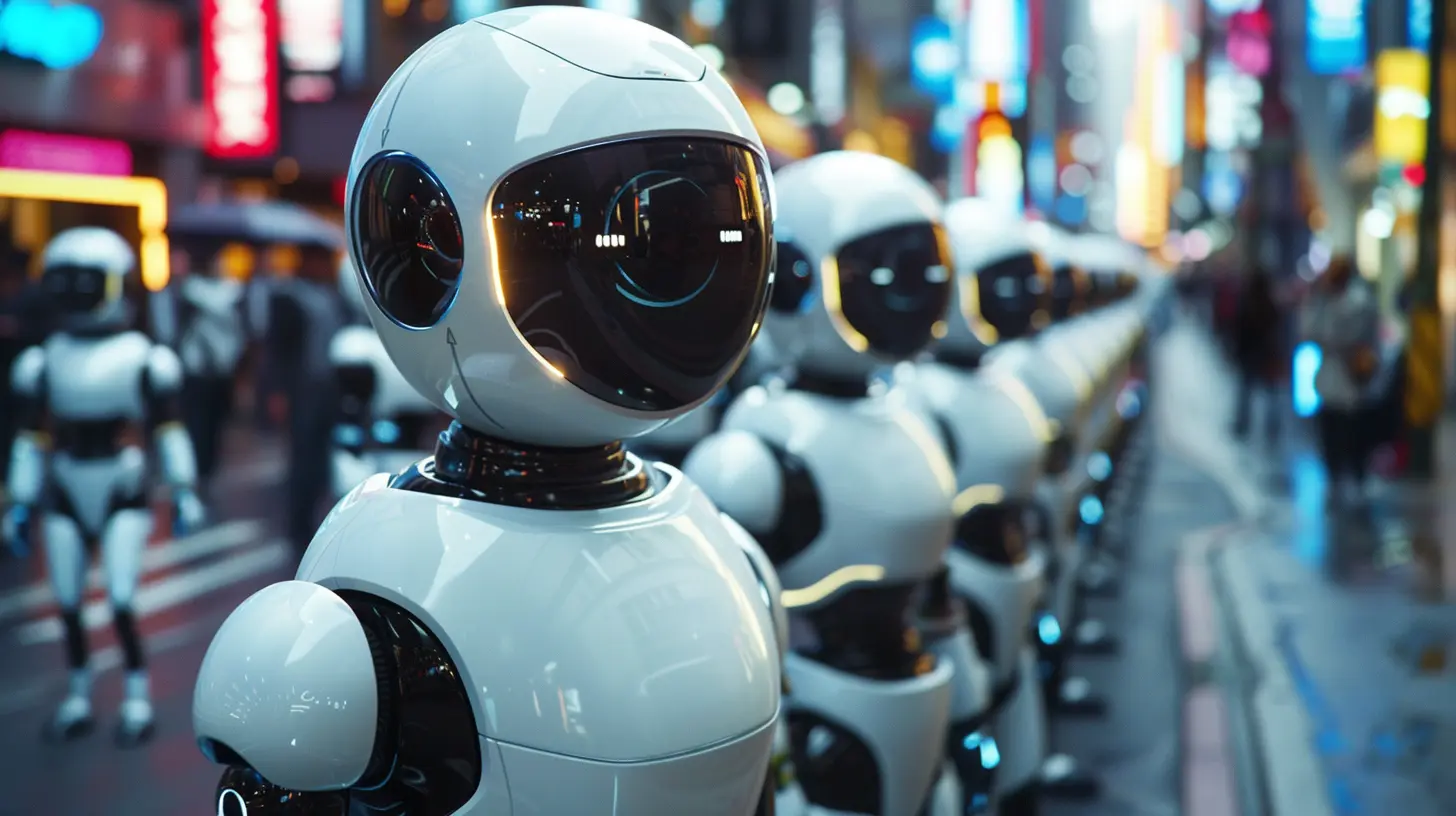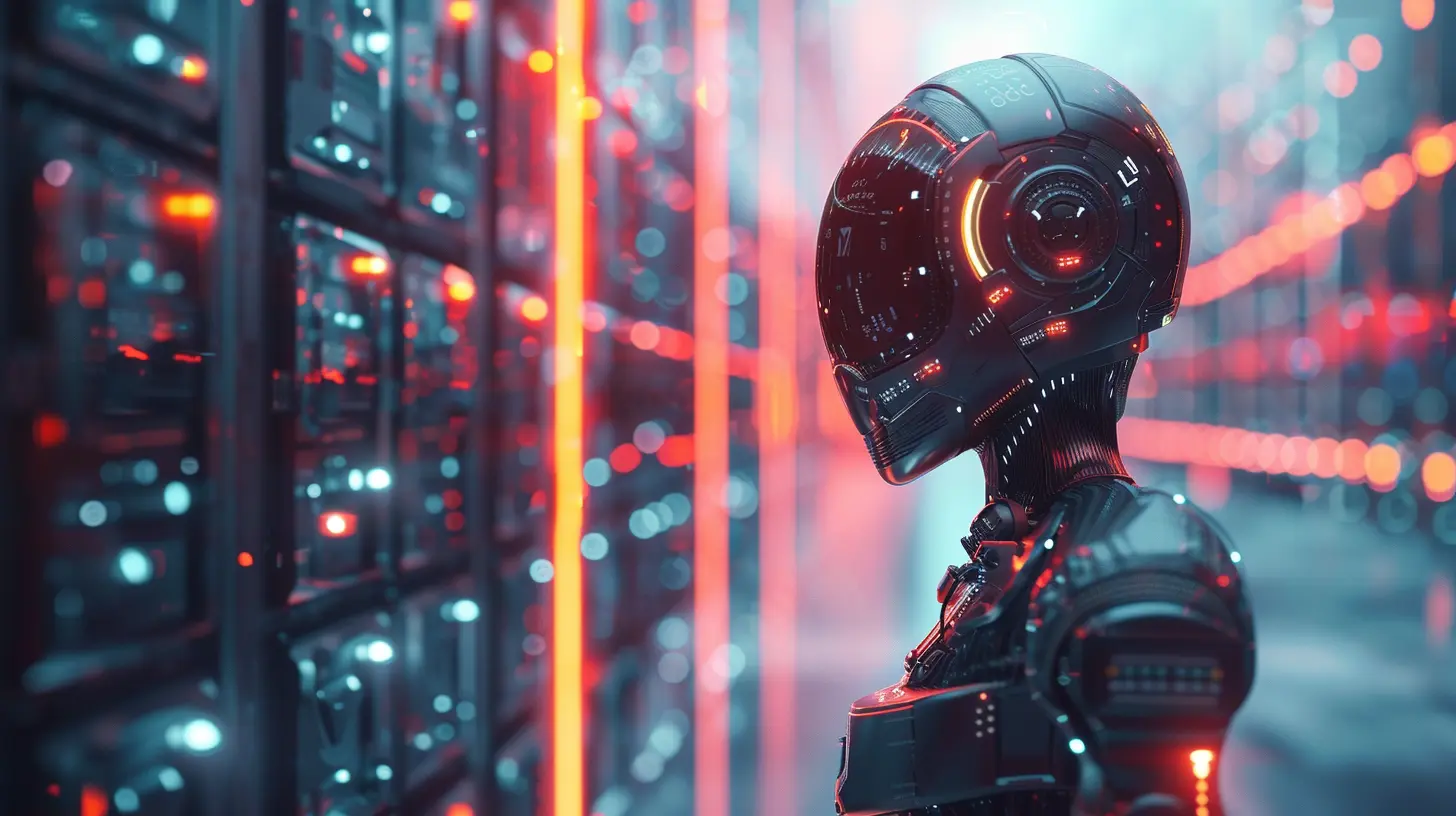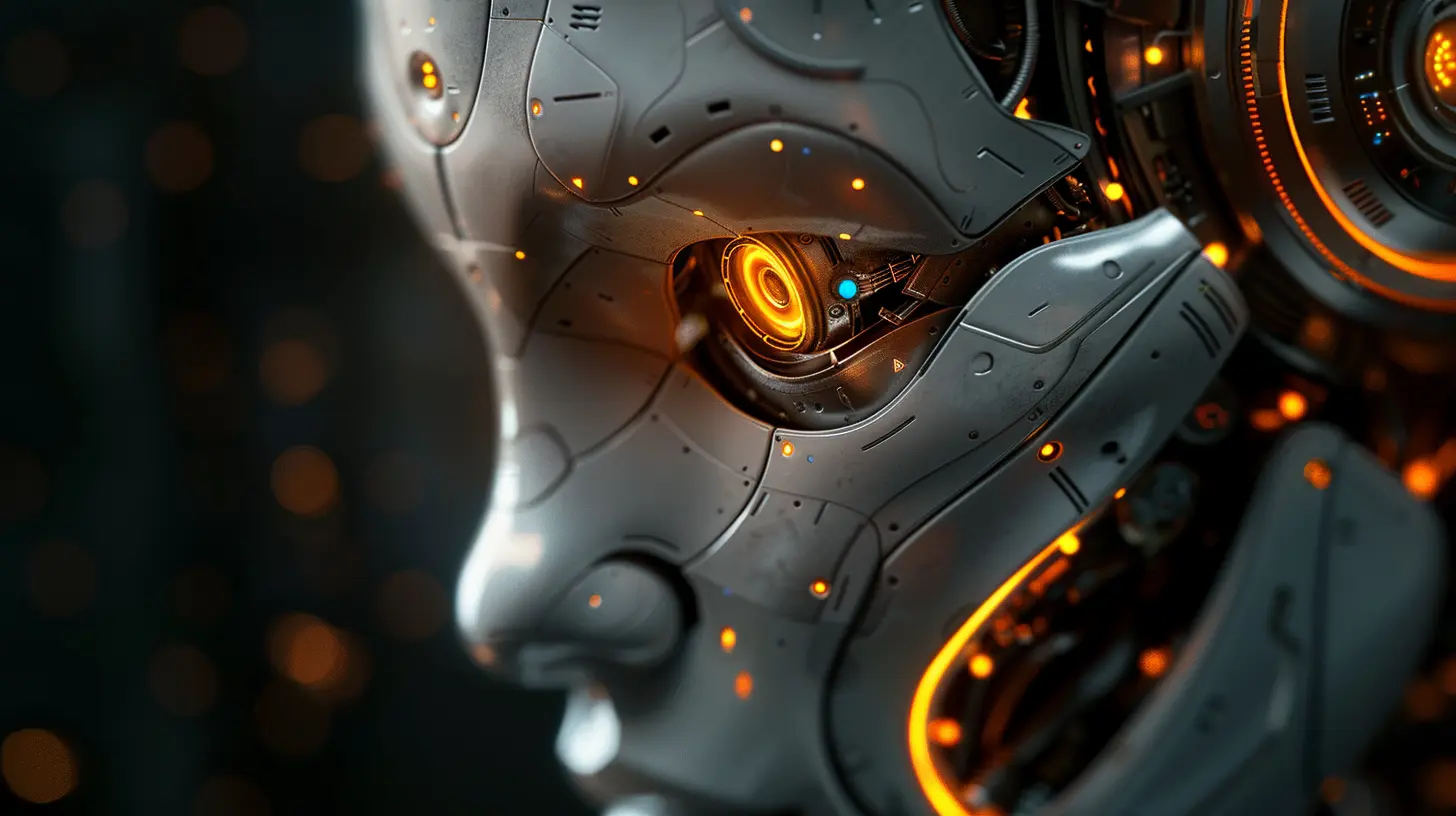Exploring the Future of AI in Digital Assistants
1 November 2025
Artificial Intelligence (AI) has seeped into our daily lives in more ways than we often realize. From curating playlists on your favorite music app to suggesting the fastest route during rush hour, AI is everywhere. But one of the most fascinating and fast-evolving applications of AI sits right in your pocket or on your smart device: digital assistants.
You know them — Siri, Alexa, Google Assistant, Cortana (kind of), and a growing army of AI-backed helpers. But what’s next for these digital assistants? Where’s this tech headed, and how will it shape the way we live, work, and interact with machines?
Let’s unpack it.
A Quick Refresher: What Are Digital Assistants?
In simple terms, digital assistants are software agents that can perform tasks or services for an individual based on commands or questions. Originally, they were mostly voice-operated, like saying "Hey Siri, what's the weather?" But today, they can do much more—set reminders, send messages, control smart homes, and even book appointments.These assistants blend natural language processing (NLP), machine learning, and contextual awareness to make interactions smoother and smarter. They've come a long way since their early robotic days—but we're only scratching the surface of what’s possible.
AI Is Growing Up (And So Are Assistants)
Let’s face it, the first versions of AI assistants were… cute. They could answer basic questions, sometimes with hilarious errors. Fast forward to now, and we're starting to see assistants that understand context, remember preferences, and even predict what you need before you ask.Here's why this is a big deal: the future of digital assistants is no longer reactive (just giving you what you ask for)—it’s proactive.
Imagine this: you wake up, and your AI already knows it's your anniversary. It checks your calendar, sees you have a light workday, books a dinner reservation, orders flowers, and reminds you to leave early—all before you’ve had coffee. That’s where we’re headed.
Natural Language Processing: The Brain Behind the Talk
If AI is the engine, NLP is the steering wheel. Thanks to huge leaps in NLP, digital assistants are getting really, really good at understanding not just words, but meaning. We're talking about understanding sarcasm, slang, emotional tone, even cultural references.With advances like OpenAI’s GPT models and Google’s BERT, digital assistants can now engage in near-human conversations. They’re less like talking to a calculator and more like chatting with a very smart friend who always has the answer.
Soon, you won’t have to say, “Set a reminder for tomorrow at 3 PM for dentist appointment.” Instead, you might casually mention, “I’ve got a dentist thing tomorrow,” and your assistant will handle the rest.
Personalization on Steroids
Here’s where things get really exciting (or creepy, depending on your perspective).Future digital assistants will know you. Not just your name or your favorite pizza topping. We're talking about deep personalization—your habits, preferences, daily routines, and even your mood.
Using AI-powered behavioral analysis, these assistants will learn from every interaction. The more you use them, the better they get.
Forget the one-size-fits-all approach. Your assistant will be completely unique to you—like having a digital butler who never forgets anything and never takes a day off.
The Role of Emotion AI (Yes, That’s a Thing)
Ever been frustrated when Siri gives you a bland response while you’re clearly upset? Future digital assistants might actually care—at least in a programmed sense.Thanks to Emotion AI (also known as affective computing), machines are learning to detect human emotions based on voice tone, facial expressions, and language choice. By reading emotional cues, your digital assistant could respond differently depending on your mood.
Feeling down? It might suggest cheerful music, or even offer encouraging words. Not in the mood for chit-chat? It’ll keep things brief. This emotional intelligence could go a long way in building trust and making assistants more human-like.
More Than Just Smartphones: Ubiquitous AI
Let’s zoom out for a second.We often think of digital assistants as phone-based, but the future is about ubiquity. AI will be everywhere—embedded into smart glasses, home appliances, cars, wearables, and even office tools.
Imagine walking into your kitchen and the countertop suggests recipes based on what’s in your fridge. Or driving a car that books your oil change appointment when it's due—without you lifting a finger.
Digital assistants won’t just be something you use—they’ll be something that’s seamlessly woven into your entire environment. Always on, always listening, always helping (yes, cue the sci-fi music).
Multimodal Interaction: Talk, Type, Touch, Gesture
Right now, most assistant interactions are voice or text. But that's changing fast.Multimodal interfaces are on the rise. That means you’ll be able to interact using a combination of voice, touch, gestures, even gaze. Think of it like communicating the way you naturally do with another human—sometimes you talk, sometimes you point, sometimes you just give "the look."
These diverse inputs will make digital assistants more accessible, more intuitive, and just plain easier to use. Want to mute your smart TV? Just wave. Need directions? Glance at your watch, and it pulls up an AR map. Simple.
Smarter, Safer, More Secure
All this AI magic raises an important question: is my data safe?Privacy is a huge concern when it comes to digital assistants. They’re listening, they’re learning, they're storing data. Future advancements are focusing heavily on secure processing, edge computing (where data is processed locally, not in the cloud), and transparent privacy settings.
Expect assistants that not only serve you better but also give you more control over what they know and how they use it.
Breaking Language Barriers: Real-time Translation
Language diversity is a major hurdle. But AI is already shattering these walls.Thanks to real-time translation tools, digital assistants are becoming universal communicators. Soon, you'll be able to have a conversation with someone halfway across the world, each speaking your native language—your AI handling the translation instantly and naturally.
This isn't just great for travel—think about global collaboration, customer support, remote work. The possibilities are endless.
Job Partners, Not Just Personal Helpers
AI digital assistants aren’t limited to personal life—workplace integration is booming.Future assistants will become indispensable coworkers. They’ll take meeting notes, summarize emails, suggest workflows, prioritize tasks, and even handle customer queries.
In fact, many companies are already using AI-powered assistants to boost productivity. The future will see even more advanced, specialized assistants tailored to industries—healthcare, finance, education, you name it.
Ethical Concerns and the Human Touch
Let’s be real: AI isn’t perfect. And as digital assistants get more powerful, ethical questions also get louder.What happens when an AI makes a decision that impacts your life? Who's accountable? What if it replicates bias hidden in its training data?
As we race ahead, we’ll need guardrails—ethical standards, transparency, fairness checks. And most importantly, we should remember that digital assistants should assist, not replace. The goal is to enhance human lives, not automate away the soul of interaction.
What's the Endgame?
So, where does all of this lead us? Honestly, we might not even fully grasp it yet.But one thing's clear: digital assistants will play a bigger role in our lives than we can imagine. They’ll stop being tools and start becoming companions, co-pilots, and maybe even collaborators.
Future AI will blend seamlessly into life, operating almost invisibly in the background—like electricity. You won’t think about it. It’ll just work.
Final Thoughts
We’re standing at the edge of some seriously exciting stuff. As AI matures, digital assistants are evolving from simple voice bots into intelligent, emotionally aware, hyper-personalized tools that not only make life easier but also unlock entirely new ways of living and working.Sure, there are challenges to face—privacy, ethics, and keeping a bit of our human messiness intact. But there's no denying we're heading toward a future where asking for help doesn’t mean hiring someone—it just means waking up your assistant with a simple, "Hey."
So, buckle up. The future of AI in digital assistants isn’t just coming—it’s already whispering in your ear.
all images in this post were generated using AI tools
Category:
Digital AssistantsAuthor:

Adeline Taylor
Discussion
rate this article
1 comments
Zaid Kline
AI assistants: Your new digital overlords!
November 10, 2025 at 5:50 AM

Adeline Taylor
While AI assistants are powerful tools, they are designed to enhance our lives, not dominate them.


